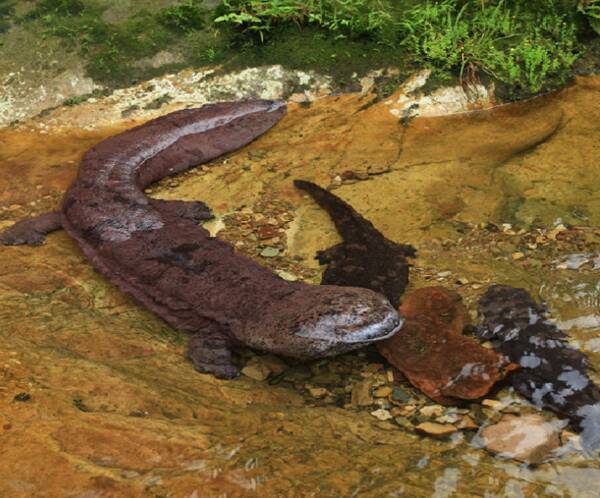
Andrias davidianus
Andrias davidianus,Chinese Giant Salamander,Andrias scheuchzeri davidianus、Megalobatrachus davidianus、Sieboldia davidi,Giant salamander, mermaid, baby fish, foot fish, crying fish, wax dog
The giant salamander is an ancient amphibian that evolved from aquatic fish ···
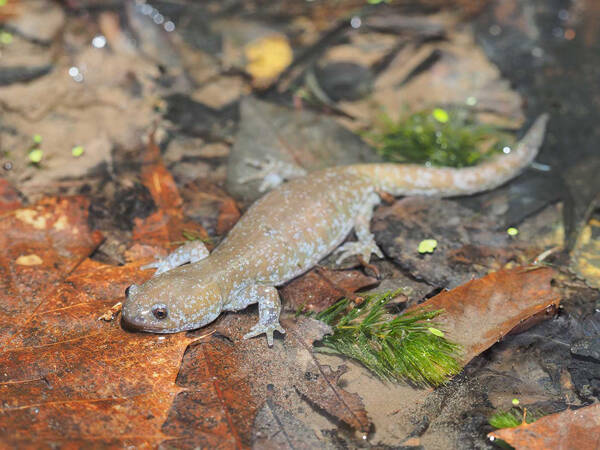
Hynobius yiwuensis
Hynobius yiwuensis
Yiwu small salamander lives in hilly and mountainous areas with an altitude ···
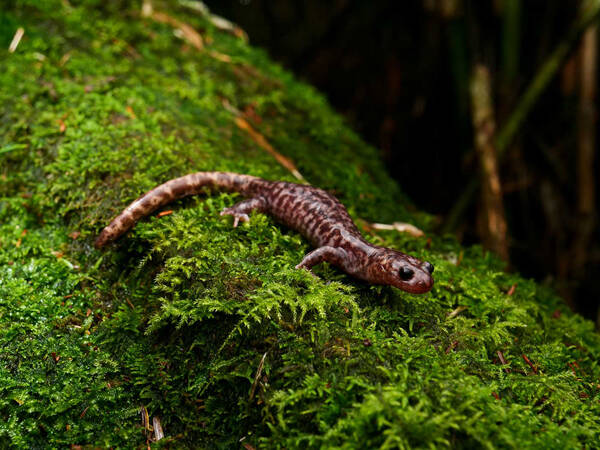
Hynobius sonani
Hynobius sonani,Chunan's Salamander
Chunan Hynobius is a tailed amphibian belonging to the Hynobiidae family and···
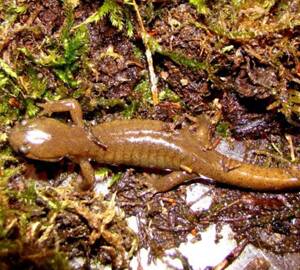
Hynobius leechii
Hynobius leechii,Northeastern China Salamander,Water snake, baby salamander, water snake, mullet
The Northeast Hypsilophis davidianus lives on land during the non-breeding s···
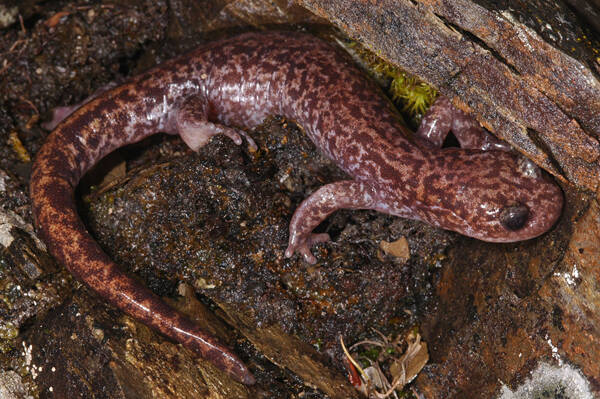
Hynobius nanhuensis
Hynobius nanhuensis
Nanhu Hypsilophis lives in high-altitude mountainous areas with harsh enviro···
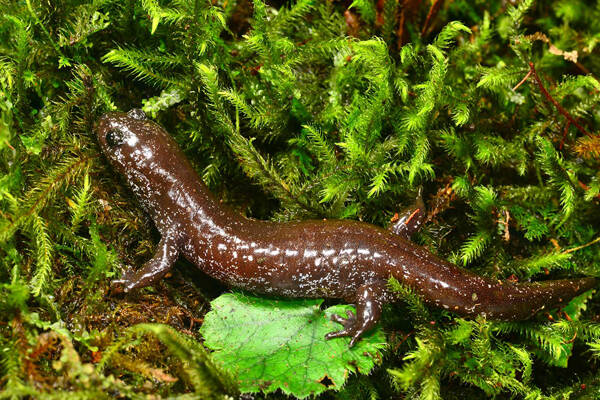
Hynobius fucusLai and Lue, 2008
Hynobius fucusLai and Lue, 2008
The Guanwu Small Salamander lives in mountainous areas at an altitude of 120···
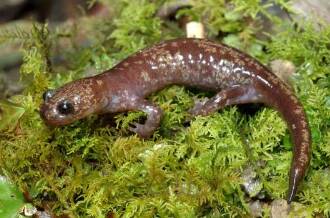
Hynobius formosanus
Hynobius formosanus,,Formosan Hynobiid、Taiwan SalamanderTaiwan Salamander
Taiwan's small salamander lives by mountain streams at an altitude of ab···
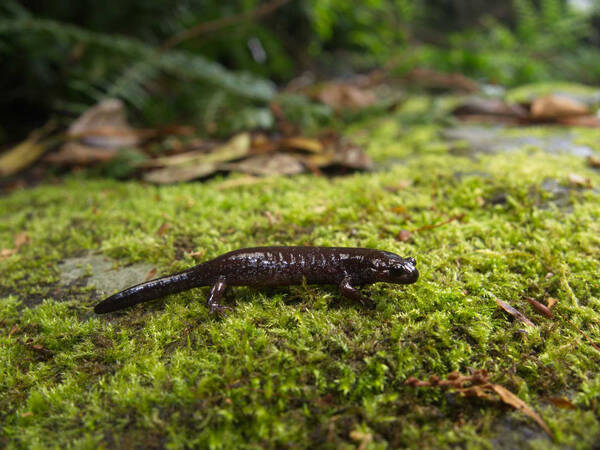
sonani arisanensis Maki,1922
sonani arisanensis Maki,1922,Taiwan small salamander, Alishan small salamander, earth dragon
Alishan Small Salamander is an animal of the genus Small Salamander of the f···
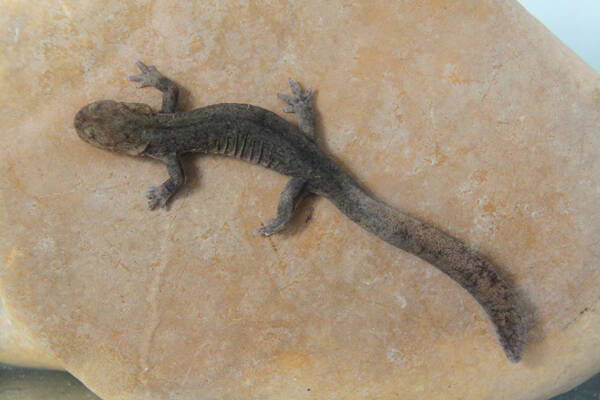
Batrachuperus yenyuanensis
Batrachuperus yenyuanensis,Qianghuo fish
The ecological environment of the Yanyuan Mountain Stream Salamander is gene···
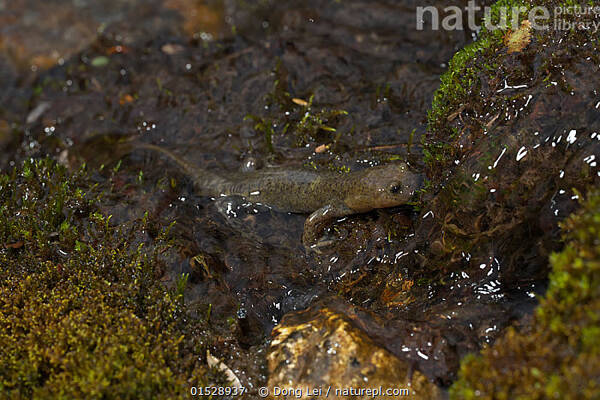
Batrachuperus tibetanus
Batrachuperus tibetanus,Giant salamander, Qianghuo fish, mountain pepper, fir fish
The Tibetan stream salamander is a tailed amphibian adapted to plateaus or c···
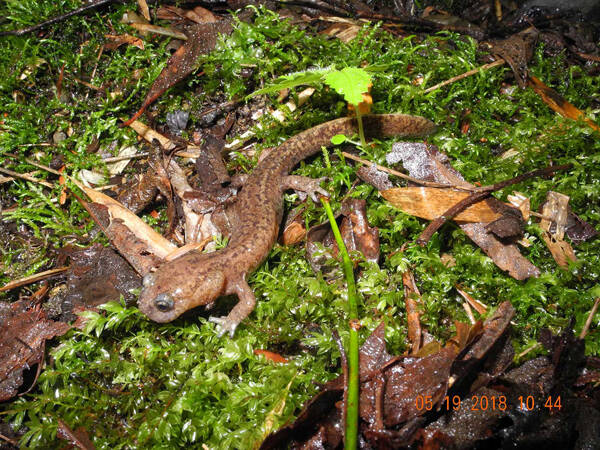
Batrachuperus pinchonii
Batrachuperus pinchonii,Qianghuo fish, fir fish, white dragon
The stream salamander is an amphibian of the genus Hynomaria, family Hynomar···
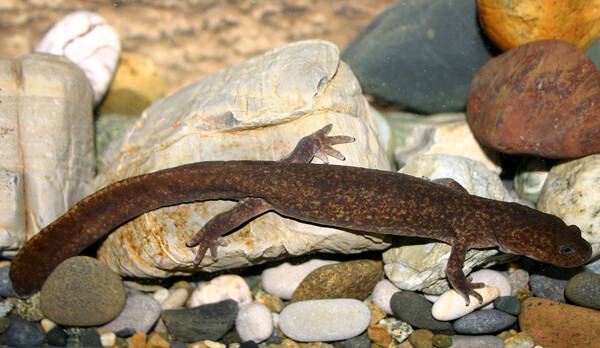
Batrachuperus londongensis
Batrachuperus londongensis,Small giant salamander
Longdong Stream Salamander is a tailed amphibian of the family Hynomidae and···
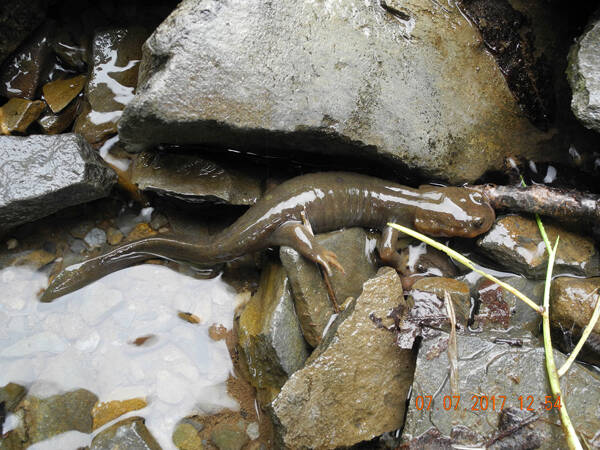
Batrachuperus londongensis
Batrachuperus londongensis,Qianghuo fish, fir fish, white dragon
The spotted stream salamander is a species of the genus Hynomialidae. This s···
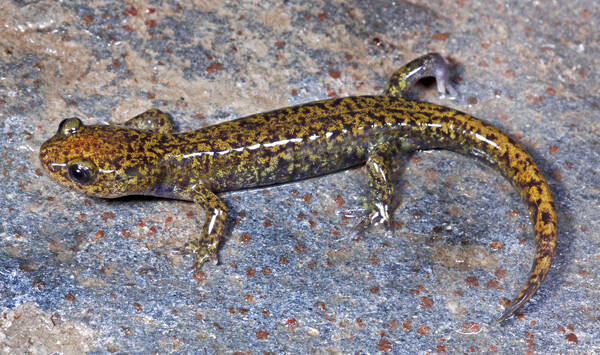
Batrachuperus cochranae
Batrachuperus cochranae,Qianghuo fish, fir fish, white dragon
The weak-lipped stream salamander is a tailed amphibian of the family Hynomi···
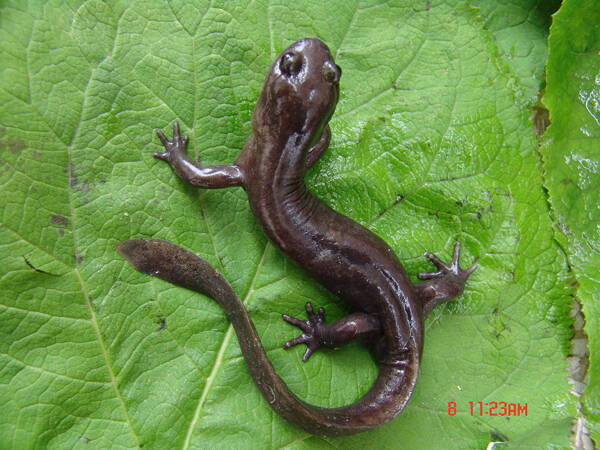
Pseudohynobius shuichengensis
Pseudohynobius shuichengensis
The Shuicheng Salamander is a tailed amphibian of the family Salamanderidae ···
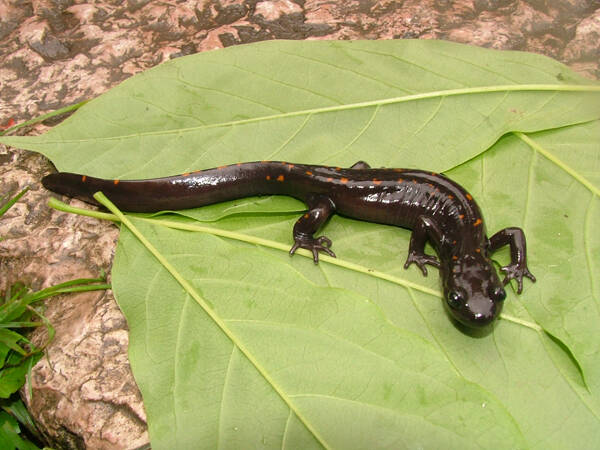
Pseudohynobius kuankuoshuiensis
Pseudohynobius kuankuoshuiensis
The broadwater salamander is a tailed amphibian of the family Hynobiidae and···
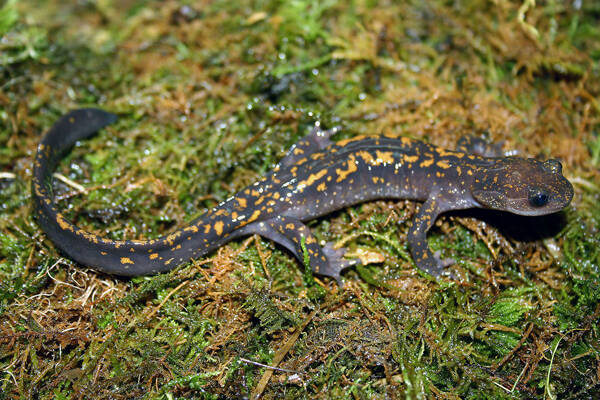
Pseudohynobius jinfo
Pseudohynobius jinfo
The Golden Buddha's Pseudohylid Salamander lives in high mountainous are···
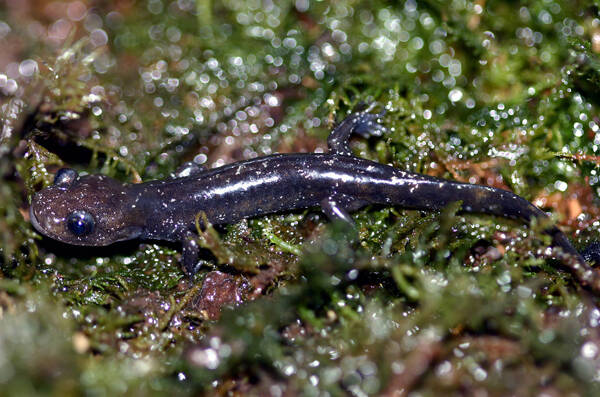
Pseudohynobius guizhouensis
Pseudohynobius guizhouensis
Juveniles live in the backwater of a stream, which is about 2.0m wide. There···
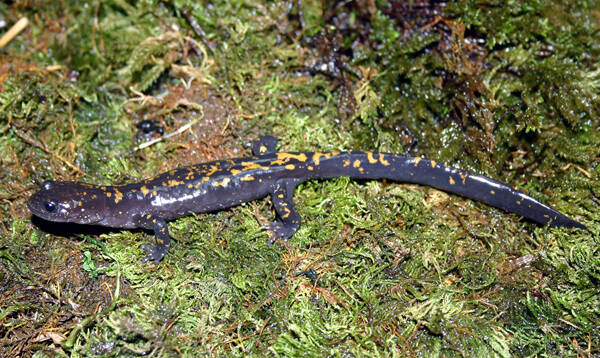
Pseudohynobius flavomaculatus
Pseudohynobius flavomaculatus, baby salamander, baby salamander
The yellow-spotted Hypoderma davidiana lives in high mountainous areas with ···
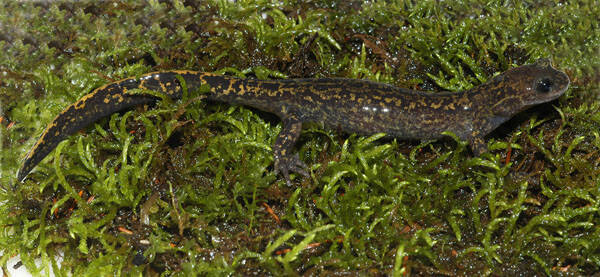
Liua tsinpaensis
Liua tsinpaensis
Habitat: This salamander lives in and near small mountain streams at an alti···
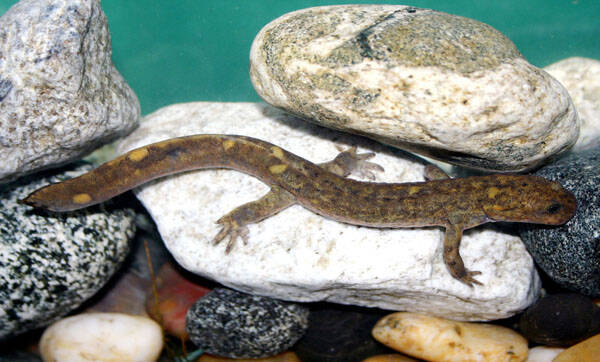
Liua shihi
Liua shihi,Babirusa
Habitat: This salamander lives in mountainous areas with an altitude of 900 ···
